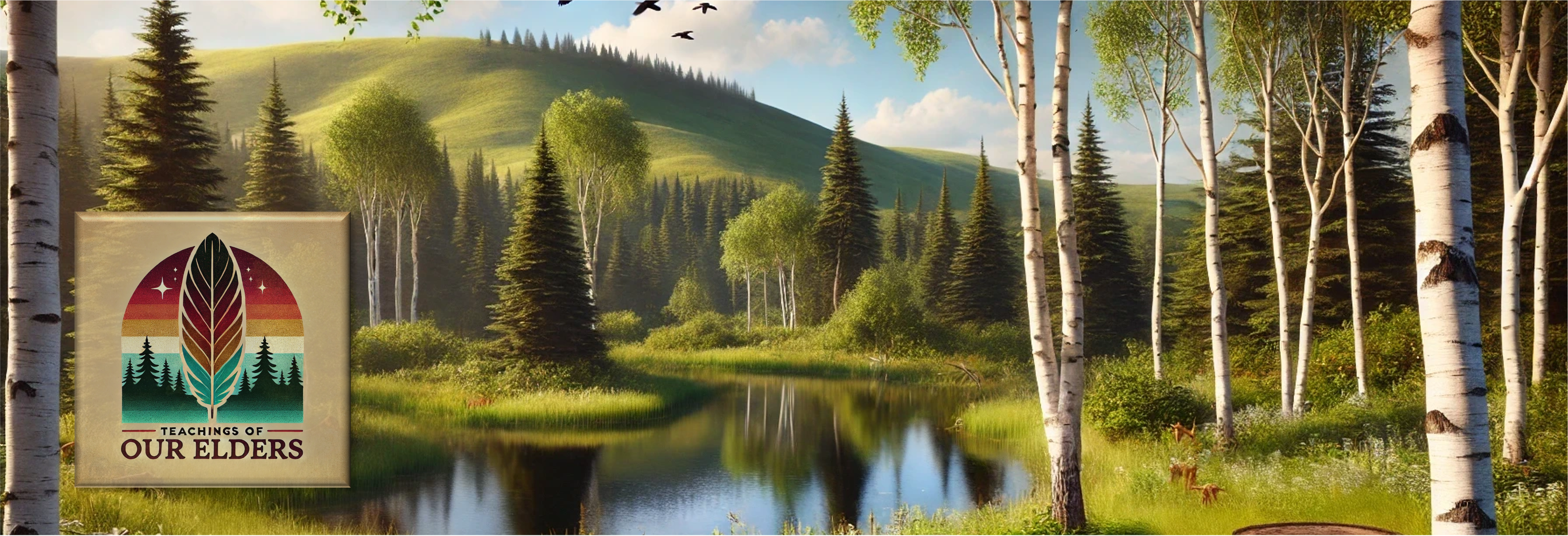| Inquiry Design Model (IDM) Blueprint™ |
| “How Chipmunk Got His Stripes” |
| NDNAEU 2 “Learning & Storytelling”, NDNAEU 4 “Sense of Humor”, NDNAEU 7 “Native Identity” |
| Compelling Question | How can/why do we learn and teach others through storytelling? |
| Standards and Practices | RL.2.K – With prompting and support, retell familiar stories, including key/supporting details. RL.2.1 – Retell stories, including key/supporting details, and demonstrate understanding of their central or main idea. (Central Idea = synonymous with main idea) RL.2.2 – Recount stories from a variety of genres and diverse cultures, and determine their central message, lesson, or moral. (Central Message = can be theme, can be a moral or a specific kind of lesson to be learned) W.3.K – Write narratives using a combination of drawing and writing: a) narrate a single event or several loosely linked events; b) tell about the events in the order which they occurred; c) provide a reaction to what happened W.3.1 – Write narratives: a) recount two or more appropriately sequenced events; b) include some detail regarding what happened; c) use transitional words to signal event order; d) provide some sense of closure W.3.2 – Write narratives: a) recount a well-elaborated event or short sequence of events; b) include details, elaborated or short sequence of events to describe actions, thou |
| Staging the Question | Why do we tell or read stories? Please share an example of how your family uses storytelling. (Compare and Contrast) |
| Supporting Question 1 | Supporting Question 2 | Supporting Question 3 |
| What does it mean to brag? What does it mean to tease others? How might bragging and teasing makes others feel? | What are some different ways we can tell stories to learn from or teach others? | How will/do we know if the stories we tell are teaching others or sharing a message? |
| Formative Performance Task | Formative Performance Task | Formative Performance Task |
| Small/whole group read and discussion: Students will identify and describe conceptual understanding of how we can learn from and teach others about bragging and teasing with regard to the feelings of others. This discussion may be facilitated by diagraming or with the use of a graphic organizer. Closing Question: How can/why do we learn from and teach others through storytelling? | Students will illustrate a comic strip with with/without dialogue to demonstrate conceptual understanding of how we can learn from and teach others about character traits/lessons through storytelling. Closing Question: How can/why do we learn from and teach others through storytelling? | Students will evaluate and choose which comic strips best demonstrate how/what we can learn from and teach others through storytelling through a judging process based upon specific criteria and/or social impact (popular choice based upon reasoning). Closing Question: How can/why do we learn from and teach others through storytelling? |
| Featured Sources | Featured Sources | Featured Sources |
| Book: How Chipmunk Got His Stripes by Joseph and James Bruchac Age Range: 5 – 8 years Grade Level: Kindergarten – 3 Lexile Measure: AD260L Series: Picture Puffin Books Paperback: 32 pages Publisher: Puffin Books; Reprint edition (April 14, 2003) Language: English ISBN-10: 0142500216 ISBN-13: 978-0142500217 Video: How Chipmunk Got His Stripes – Story Read By: Jennifer Kious via YouTube (2016). https://youtu.be/gJ7sjIIJHr0 Classroom Resources: Graphic Organizers via EduPlace. https://www.eduplace.com/graphicorganizer/ | Comic Strip Print Resources: http://www.thecurriculumcorner.co m/thecurriculumcorner456/comicstrip-writing-templates/ Digital Resources for Creating Comic Strips: https://www.pixton.com/create http://www.storyboardthat.com/storyboard-creator App – Comic Strip Creator App – Strip Designer App – Comic Caption Creator | Rubric Resources: RubiStar – http://rubistar.4teachers.org IRubric – http://www.rcampus.com/indexrubric.cfm Teachnology – http://www.teachnology.com/web_tools/rubrics/ Student Response Resources: Handheld Clicker Systems App: Plickers App: Socratic |
| SUMMATIVE PERFORMANCE TASK: Supported Claim (written/spoken) or Demonstration of Process (project-based) | Students will share their comic strips with a parent or family members after school to collect responses and feedback. This feedback will be analyzed to determine if the purpose of the comic was effective. This feedback may be used to guide future activities, student projects, and to further develop conceptual understanding |
| SUMMATIVE PERFORMANCE TASK: Extension | Extension Activity: To further demonstrate the acquisition of conceptual understanding, students may be asked to share and explain their works through a mini walk-through “museum” visited by parents, another classroom/grade level, or community members. |
| Taking Informed Action / Real World Application | Students will work collaboratively to identify character traits and/or positive social practices that might be used as opportunities to improve their classroom or school through the development and production of a classroom book, a series of theatrical productions, a character trait research fair, a school-wide campaign, etc. to improve the community and culture of the school. |

